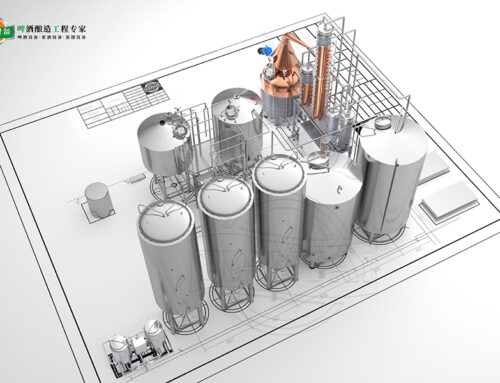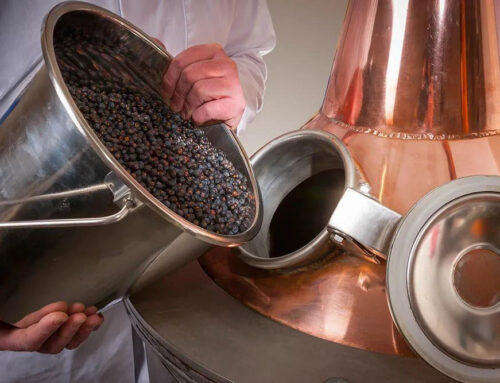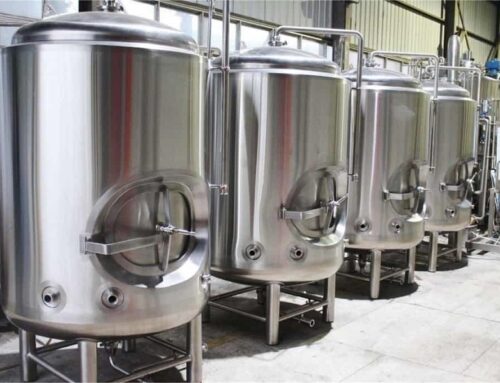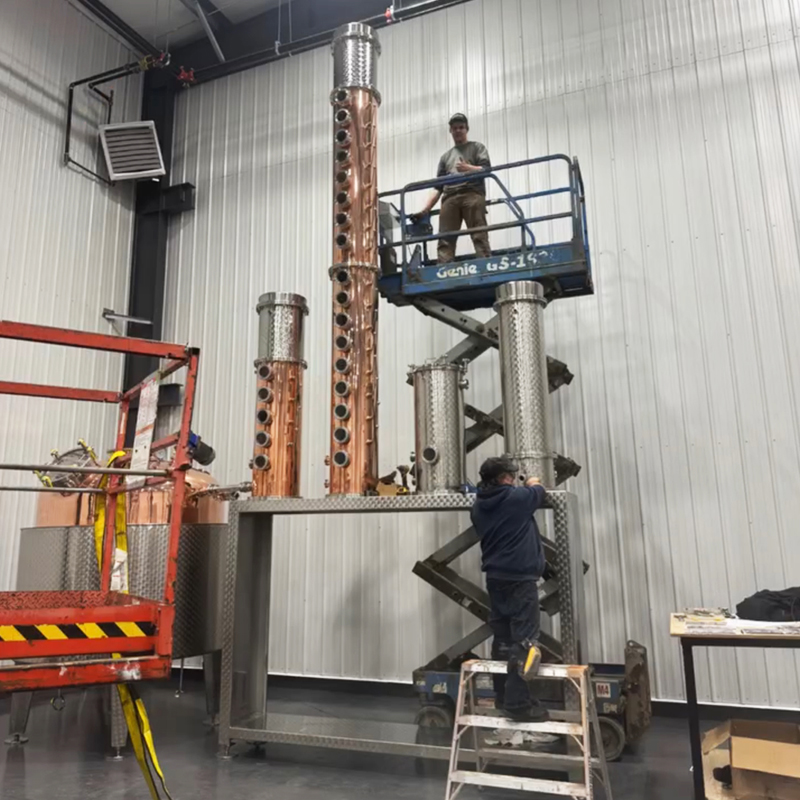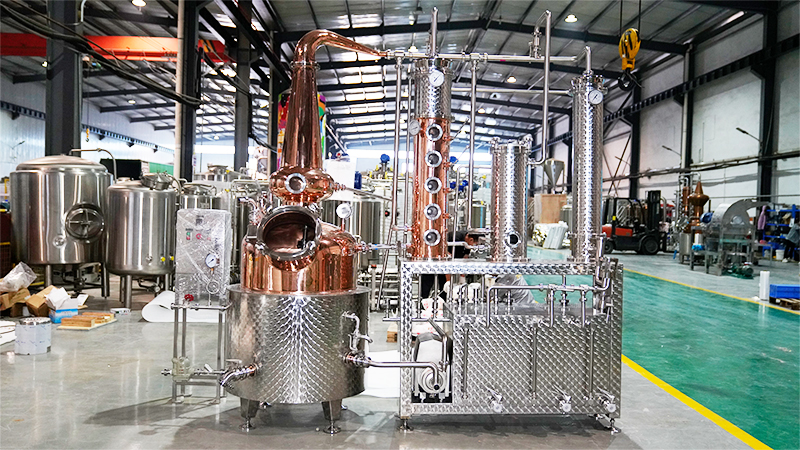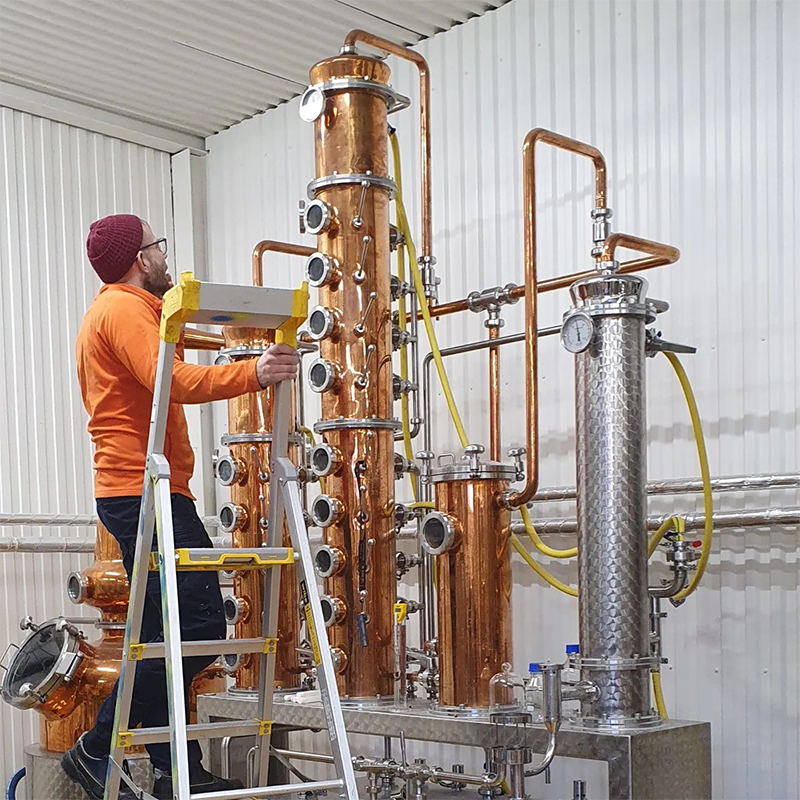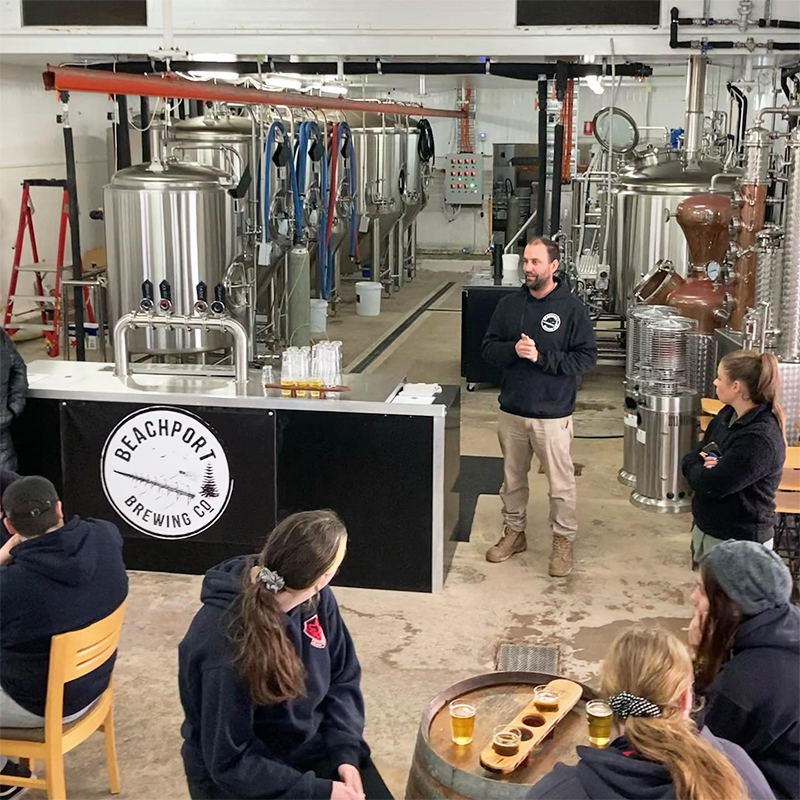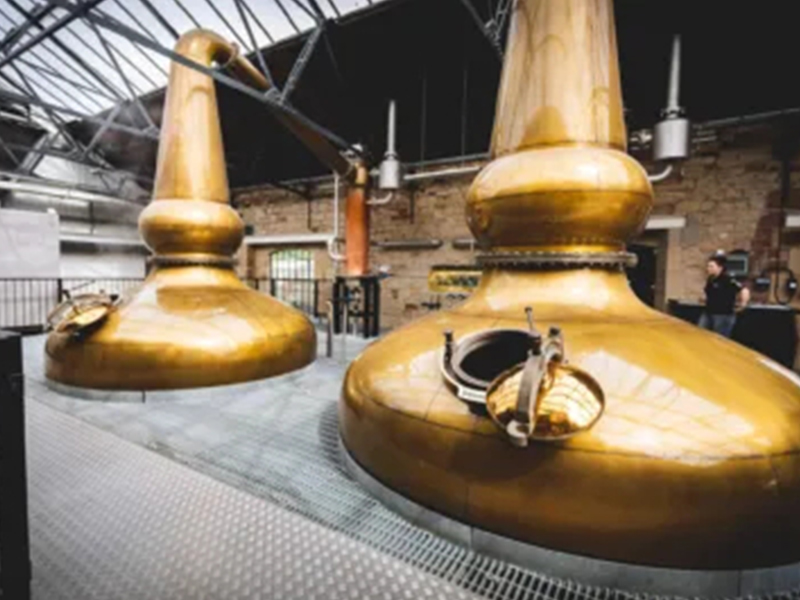
The Role of Pot Stills in Bourbon-Making
If you’ve ever visited a distillery, you’ve likely seen the towering copper stills essential to whiskey production. While most bourbon today is distilled using column stills, some craft distilleries are embracing traditional pot stills for their unique impact on the final product.
The Bourbon-Making Process
Bourbon production consists of three main stages: fermentation, distillation, and maturation. Once fermentation is complete, the liquid—known as the wash—is transferred into the pot still for distillation. The still is heated, causing the alcohol to evaporate and rise through a tube called a lyne arm. The vapor then travels to a condenser, where it cools and returns to liquid form. This distilled liquid is then placed into new charred oak barrels for aging. After a few years, it is bottled and ready to be enjoyed as bourbon.

Why Choose a Pot Still?
Pot stills are favored by distilleries aiming for a richer, more complex whiskey. Unlike column stills, which operate continuously, pot stills work in batches. Each batch requires the pot to be emptied and cleaned before the next cycle can begin, making the process more labor-intensive. However, this extra effort results in a thicker, mellower bourbon with a fuller flavor profile.
With the rise of craft bourbon and consumers willing to pay a premium for high-quality spirits, pot stills have regained popularity. Their ability to retain more natural oils and flavors during distillation makes them a preferred choice for small-batch bourbon makers.

Column Stills vs. Pot Stills
Most large bourbon distilleries use column stills due to their efficiency. Unlike pot stills, column stills operate continuously, allowing for higher production volumes without the need for frequent cleaning. This efficiency makes them ideal for mass production. Some distilleries have found a middle ground by using hybrid stills, which combine elements of both pot and column stills for versatility.
The choice of still significantly influences the bourbon’s character. The interaction between alcohol vapor and the still’s surface, the condensation speed, and the still’s shape all contribute to the final flavor profile. Pot stills, by preserving more of the spirit’s natural essence, produce a bourbon rich in depth and complexity.
An easy way to distinguish between the two methods is that small-batch craft distilleries favor pot stills for their artisanal quality, while large-scale producers opt for column stills for efficiency. While column stills maximize yield, pot stills enhance flavor, making them a staple for those who prioritize quality over quantity. As consumer appreciation for craft spirits grows, the traditional pot still continues to play a vital role in bourbon-making, offering a distinctive and flavorful drinking experience.

